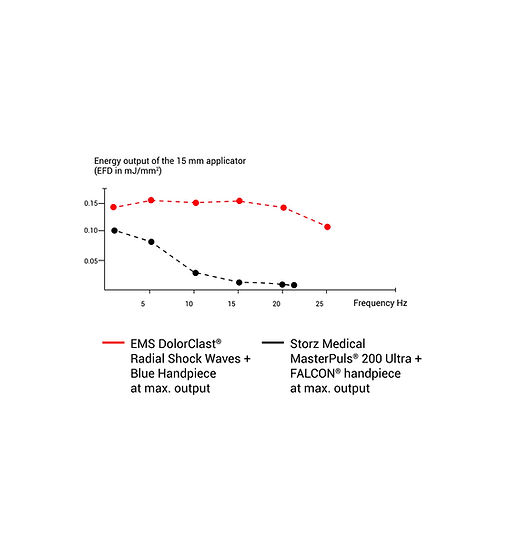
Medial tibial stress syndrome treatment
MOVEMENT MECHANICS OSTEOPATHY AUCKLAND
Combining Osteopath and Shockwave Therapy for effective, non-invasive treatment for Shin Splints.
We offer fast, effective treatment for Medial Tibial Stress Syndrome or Shin Splints. Our clinic specialises in shockwave therapy and combines it with expert osteopathic advice to help manage the pain associated with medial tibial stress syndrome and promote healing for faster recovery.

Fast
Treatments typically take 5 to 15 minutes, depending on the treatment site.

Non-invasive
A great alternative to steroid injections and surgery.

Effective
Reduces the average pain score from 8/10 to 2/10 within 4 weekly sessions.
What is Medial Tibial Stress Syndrome or Shin Splints?
A common overuse injury of the leg typically occurs in runners and other athletes who are exposed to intensive weight-bearing activities such as jumping. Sufferers experience exercise-induced pain over the anterior tibia or shin that, if not managed properly, can lead to stress fractures. It is believed that stress to the bone causes inflammation to the dense tissue that covers your bones (periosteum) and/or micro-damage to the bone, which causes painful bony remodelling.


Conservative osteopathic management of medial tibial stress syndrome focuses on rest, activity modification, and reducing repetitive and load-bearing exercises, with rest duration varying by patient as no specific guidelines exist. Osteopaths assess the body holistically, correct gait dysfunctions, and provide biomechanical retraining to address movements contributing to leg overload, as shin splints are often linked to biomechanical abnormalities like knee issues, tibial torsion, femoral anteversion, foot arch problems, or leg-length discrepancies. Treatment includes hands-on techniques such as soft tissue and joint mobilization to reduce tissue stress, and Western Medical Acupuncture may be used to modulate pain and decrease inflammation.
Radial Shockwave Therapy (RSWT) is a non-invasive treatment increasingly used for Medial Tibial Stress Syndrome, utilizing high-energy acoustic waves to stimulate blood flow, enhance tissue regeneration, accelerate pain reduction, improve function, and shorten recovery time compared to traditional methods. Studies, such as those by Rompe et al. (2010) and Notarnicola and Moretti (2012), have shown significant improvements in pain and functionality, highlighting the therapy’s effectiveness in promoting neovascularization, a key factor in healing. Shockwave Therapy’s non-invasive nature and positive clinical outcomes make it a valuable treatment option for patients suffering from shin splints.


The intensity of the shockwave therapy is very important for beneficial osteoarthritis patient outcomes. The higher the energy, the better the changes in both pain score and osteoarthritis index scores (WOMAC). With this in mind, it is important to remember that not all shockwave machines are created equal. The majority of leading literature showcasing the benefits of Shockwave therapy uses EMS DolorClast® Shockwave devices. These machines can sustain the same energy delivery at higher frequencies, demonstrating significant differences in energy output at higher frequency settings compared to other devices used in New Zealand, such as the Storz MASTERPULS® 200 ultra.
Medial tibial stress syndrome, commonly known as ‘‘shin splints” is a common overuse injury or repetitive-stress injury of the legs. Typically suffers experience pain that gets worse at the beginning of exercise, gradually subsides during training, and stops within minutes after exercise. As time goes on, pain may present with less activity and may even occur at rest.
